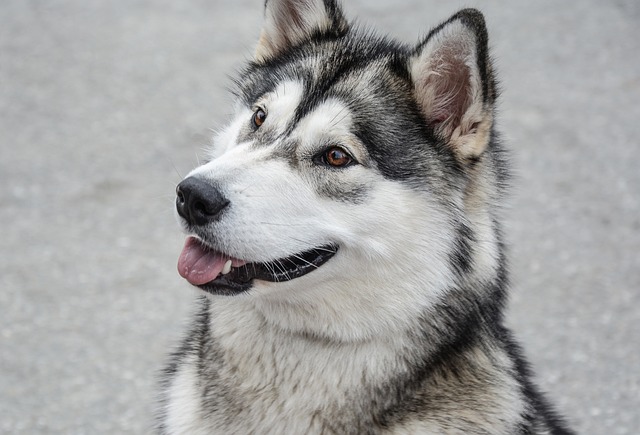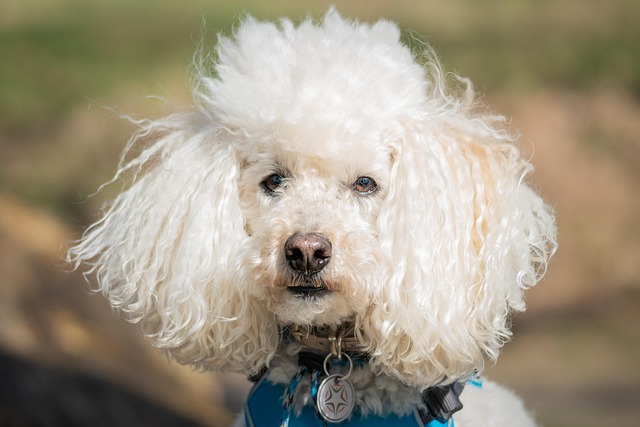
Can the aggressiveness of dogs be cured
Watching your normally gentle pup suddenly bare their teeth, growl low in their throat, and lunge at a passing dog during your evening walk can leave you shaken
Watching your neighbor’s Golden Retriever leap into the lake, tail spinning like a propeller as she chases a stick, while your own Beagle cowers under the porch when you turn on the hose, you can’t help but wonder: Do dogs actually enjoy water, or is it just some lucky pups? For new dog owners in places like Florida’s beach towns or Colorado’s lake communities, this question isn’t just curious—it shapes how you bond with your pup, from summer baths to weekend adventures. The answer, it turns out, depends less on “dog nature” and more on breed, experience, and how you introduce them to the wet stuff.
Dogs’ relationship with water starts with their roots. Evolution and breeding play huge roles: Retrievers, Newfoundlands, and Portuguese Water Dogs were built for water work—fetching ducks, rescuing sailors, herding fish—with webbed feet, water-resistant coats, and instincts that make swimming feel natural. Their brains light up at the sight of a lake, just like a chef lights up at a well-stocked kitchen. On the flip side, breeds with short legs (Dachshunds) or flat faces (Pugs) often struggle physically—swimming takes more effort, so they’re less likely to seek out water. Even within breeds, personality matters: some Labs avoid pools, while some Chihuahuas splash in puddles like pros. Early experiences seal the deal too—puppies gently introduced to warm water with treats usually grow up to tolerate (or love) it, while those forced into cold baths may fear it forever.

So, how do you help your dog enjoy water, if they’re on the fence? Start small and positive. Fill a shallow kiddie pool with an inch of warm water (not cold!) and toss in a floating toy or freeze-dried treat. Sit nearby, talking softly, and let them approach at their own pace—never drag them in. My friend in Austin did this with her rescue mix, who used to panic at bath time: after a week of treats near the pool, then in the pool, he now wades in voluntarily for snacks. For baths, use a rubber mat to prevent slipping (scared dogs learn to hate water fast), keep the water lukewarm, and lather gently with dog-specific shampoo. Reward calm behavior with praise or a tiny treat—positive reinforcement turns stress into success.
Being a responsible U.S. dog owner means tying water fun to community rules. First, confirm vaccines are current—rabies shots are legally required in all states, and many public lakes or dog parks check records. When visiting water spots, always carry biodegradable poop bags; no one wants to share a lake with un-scooped waste. In apartments, keep bath time tidy: use a drain strainer to catch fur, and avoid splashing water on floors to prevent slips (and angry landlords). If your pup loves sprinklers, time play for daytime hours to avoid disturbing neighbors with barking or splashing. Never leave a dog unattended near water—even strong swimmers can tire or panic, and “roughhousing” to “teach them” only builds fear, violating the no-punishment principle that makes happy, trusting dogs.
Whether your pup becomes a lake lover or a puddle avoider, the goal is respect for their preferences. With gentle introductions, positive vibes, and community manners, water time—whether a bath or a beach day—can be a joy, not a chore, strengthening the bond between you and your wet-nosed companion.

Watching your normally gentle pup suddenly bare their teeth, growl low in their throat, and lunge at a passing dog during your evening walk can leave you shaken

What to give my dog for better digestion? It’s a question many pet parents find themselves asking after noticing their pup turning away from meals, struggling with gas, or having irregular stools.

Certain dog breeds are born with jaws built for power, and their chewing habits reflect that—though it's rarely about malice, more about instinct.

Creating a yard that sparks joy for your dog starts with safety, but it doesn’t have to stop there. Start by scanning the space for hazards—loose nails, toxic plants like lilies or oleander, and gaps under fences that might let them wander.

Picture this: You grab your keys, and your normally chill Labrador, Max, starts trembling. But when your partner leaves? Max barely lifts his head off the couch. Sound familiar?

How do you check a dog's eye health?It starts with the little moments—when they nuzzle your hand,peer up at you during mealtime,or blink slowly after a nap.Those daily interactions are your best chance to spot changes that might slip by in a quick glance.